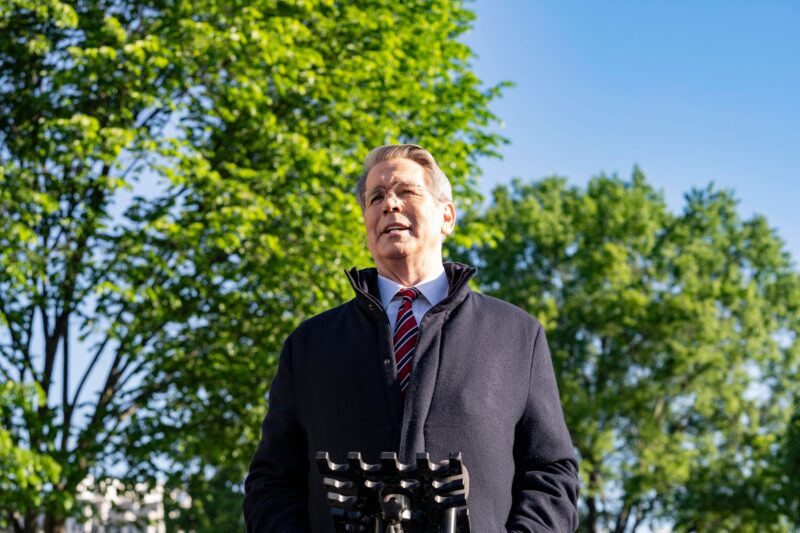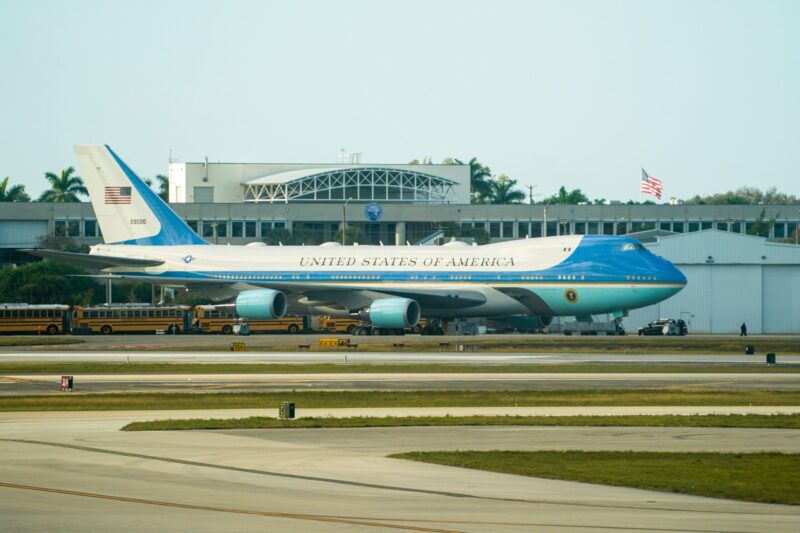The Modern Memo may be compensated and/or receive an affiliate commission if you click or buy through our links. Featured pricing is subject to change.
The Federal Aviation Administration (FAA) is officially ending its mandate that forced airlines to reduce flights at about 40 major U.S. airports. Beginning at 6 a.m. ET on Monday, the rule goes away—something many travelers and airlines have been waiting for. The move signals that things are looking up after a long period of staffing shortages, delays, and unpredictable schedules.
For over a month, the FAA tried to manage an overwhelmed system that simply didn’t have enough air-traffic controllers to handle normal flight levels. Now, the agency says staffing has improved enough to step back. Airlines can plan without the looming threat of forced reductions.
Why the Mandate Was Created
This whole situation started during a messy period marked by a prolonged federal government shutdown. Hiring stalled, training slowed down, and many controllers ended up working exhausting amounts of overtime. With the FAA short about 3,500 controllers, flights were backing up everywhere.
To keep things safe and somewhat stable, the FAA told airlines to cut flights by up to 10 percent at key airports. Eventually, those cuts were lowered to 6 percent and then 3 percent. Even then, carriers struggled to meet these numbers because flight schedules are planned months in advance. Trying to adjust them on the fly caused confusion and frustration for passengers and airlines alike.
And let’s be honest—part of the problem was safety. Overworked controllers, fewer people in the tower, and constant pressure created a real risk. So, reducing flights was meant to protect both the workforce and the public.
Ongoing Staffing Issues Still Matter
The agency made it clear that it’s still reviewing cases of airlines not complying with the mandate when it was in effect. In other words, just because the rule is ending doesn’t mean the FAA won’t hold carriers accountable for past actions.
This transition period is a bit of a balancing act. The FAA wants to give airlines more flexibility but also needs to ensure safety and oversight remain strong.
Secretary Sean Duffy had a few positive words to say:
🚨The @FAANews has determined that normal flight operations can resume after multiple days of positive staffing with air traffic controllers in our towers.
Now we can refocus our efforts on hiring and building the state-of-the-art air traffic control system the American people… https://t.co/28wQpOfKHD
— Secretary Sean Duffy (@SecDuffy) November 17, 2025
Related Stories
Impact on the Aviation System
Lifting the mandate will affect more than just airlines and travelers. Airports themselves may see increased traffic, which means busier terminals and more demand on ground crews. Baggage teams, fuel providers, maintenance workers—they’ll all feel the ripple effects.
This shift could be a good thing for regional airports too. If big hubs can operate without strict limits, it may open up more connecting options for smaller cities. That’s often a boost for local economies and regional travel.
What Comes Next for Passengers and Airlines
Travelers should still temper expectations. Just because the mandate is gone doesn’t mean the system will instantly return to pre-shortage performance. Staffing is still tight, and weather disruptions will still happen. But the overall picture looks much brighter now that airlines aren’t forced to cut flights at the last minute.
Airlines may take a phased approach as they rebuild their schedules. They’ll look at which routes make the most sense to bring back and how best to balance operations with available staffing and aircraft. Some airports may feel the impact immediately, while others might see changes gradually.
Final Word
The FAA’s decision to lift the flight-cut mandate marks an important step toward a more stable aviation system. For airlines, it brings back flexibility and reduces operational risk. For travelers, it offers hope for more reliable schedules and fewer cancellations tied to staffing issues.
Still, the job isn’t done. The U.S. aviation system must continue to build its controller workforce, improve training programs, and plan for long-term stability. But ending the mandate is a strong sign of progress—one that many people in the industry have been waiting to see—especially before the big holiday rush. If these improvements continue, air travel could feel smoother and more predictable in the future.
Cut through the noise. Drown out the spin. Deliver the truth.
At The Modern Memo, we’re not here to soften the blow — we’re here to land it. The media plays defense for the powerful. We don’t.
If you’re done with censorship, half-truths, and gaslighting headlines, pass this on. Expose the stories they bury.
This isn’t just news — it’s a fight for reality. And it doesn’t work without you.
Subscribe to The Modern Memo here!









